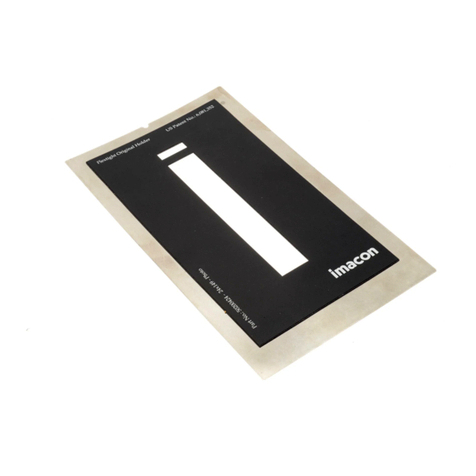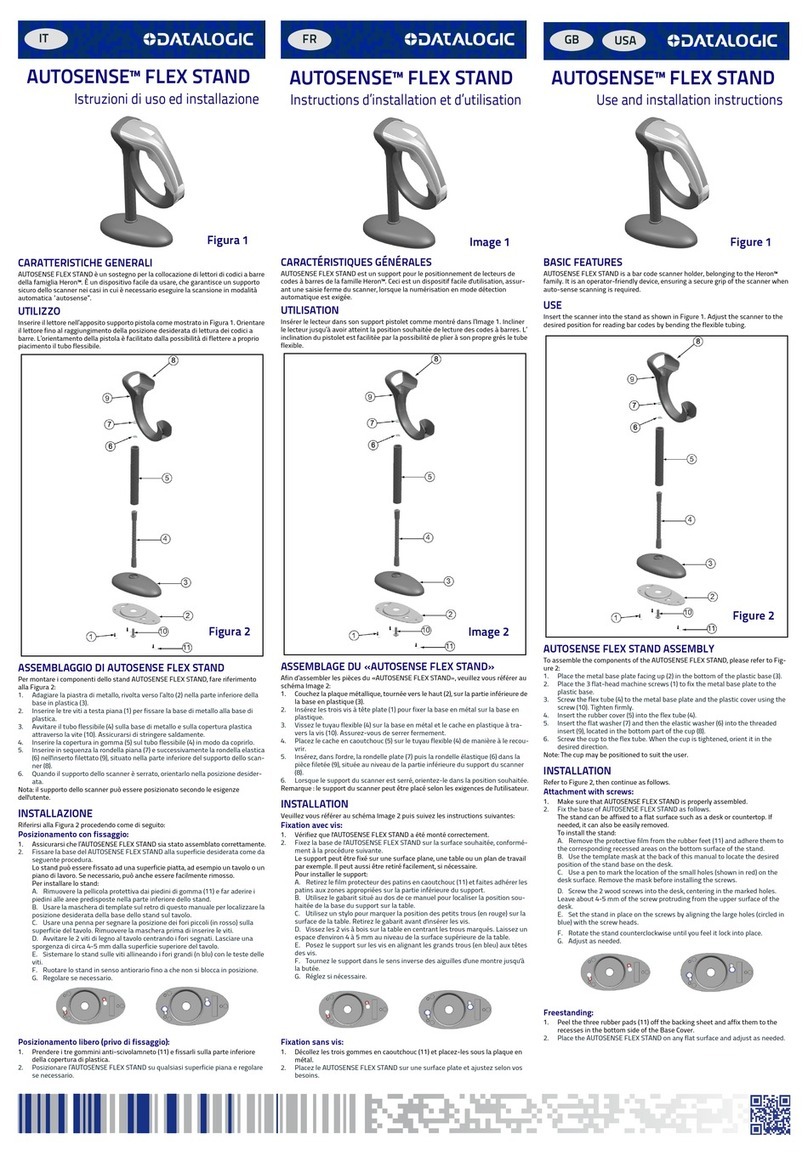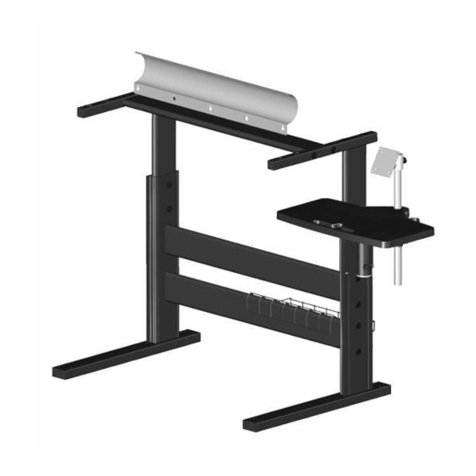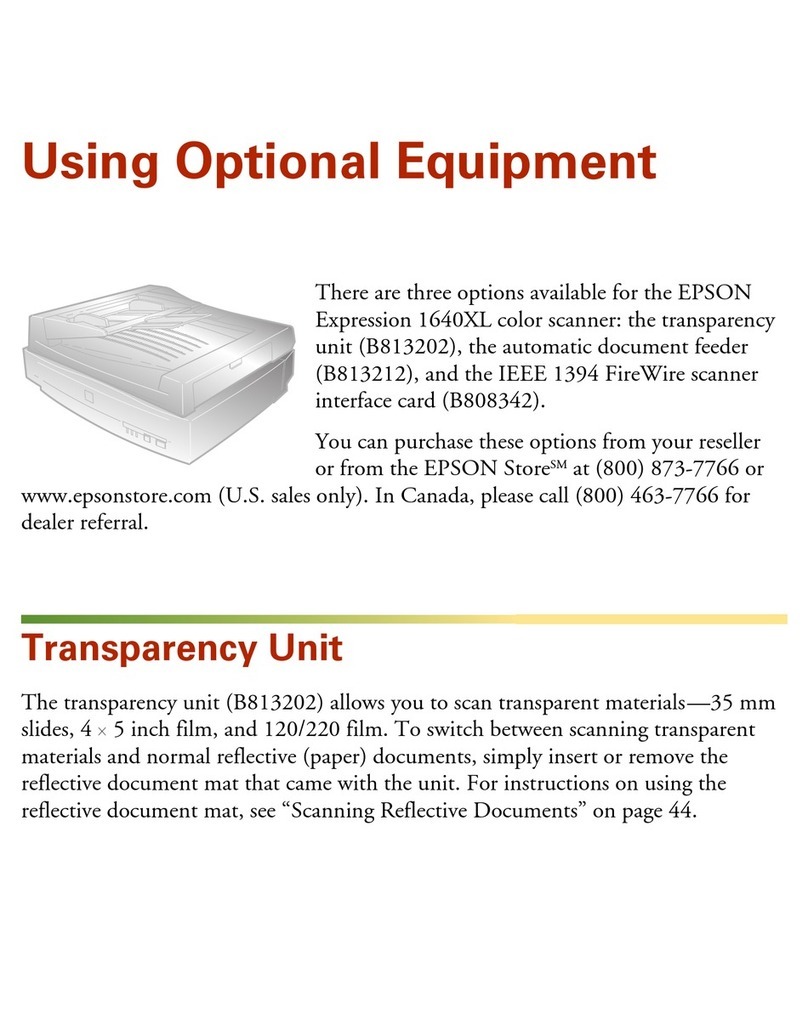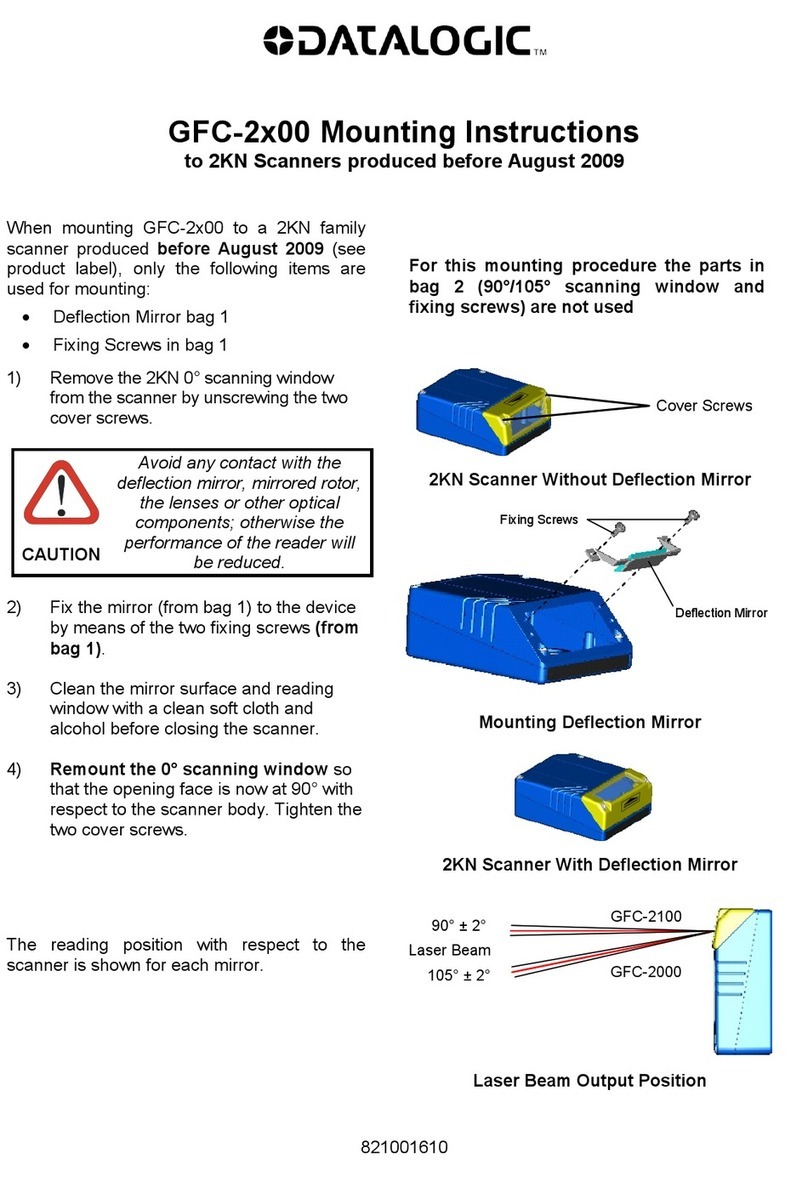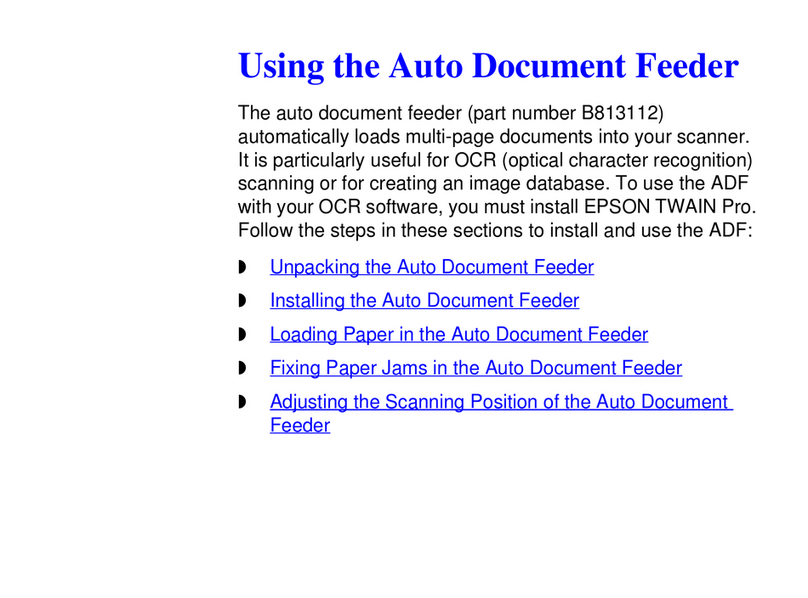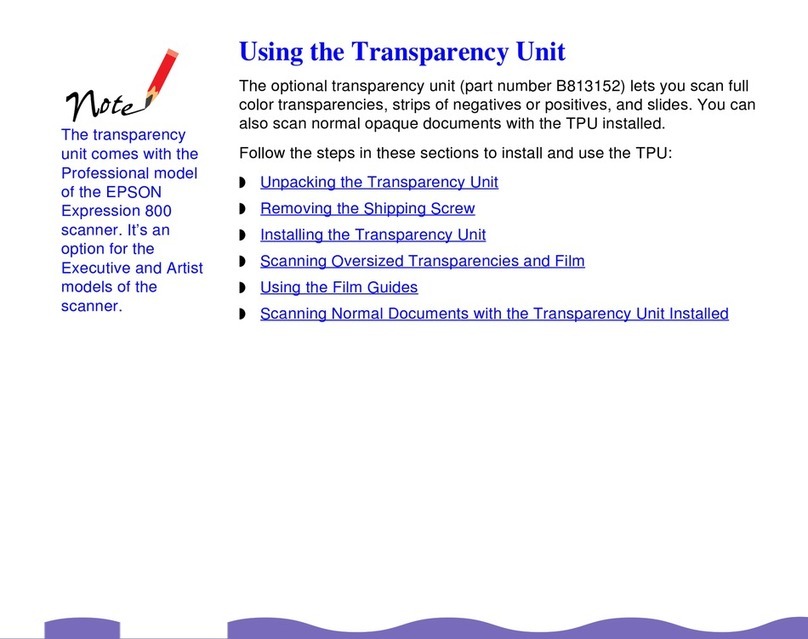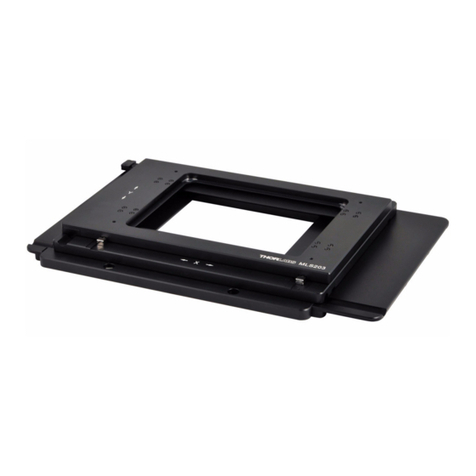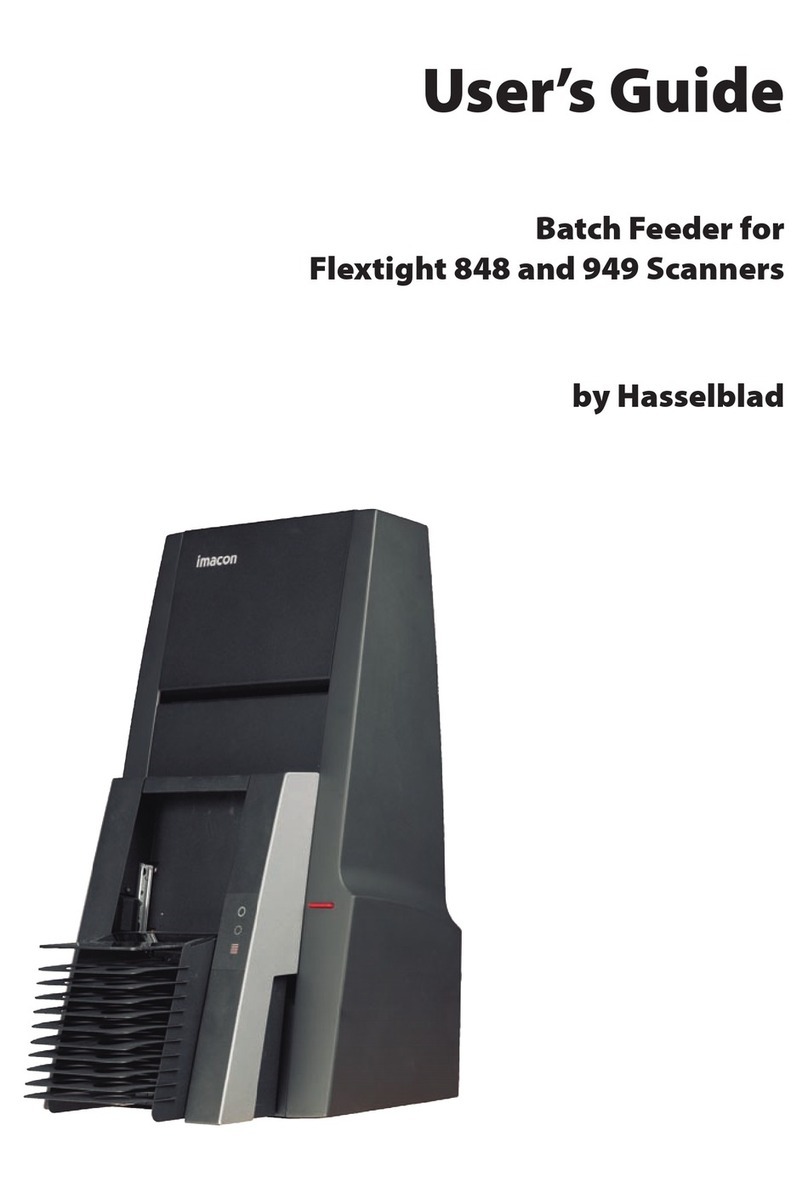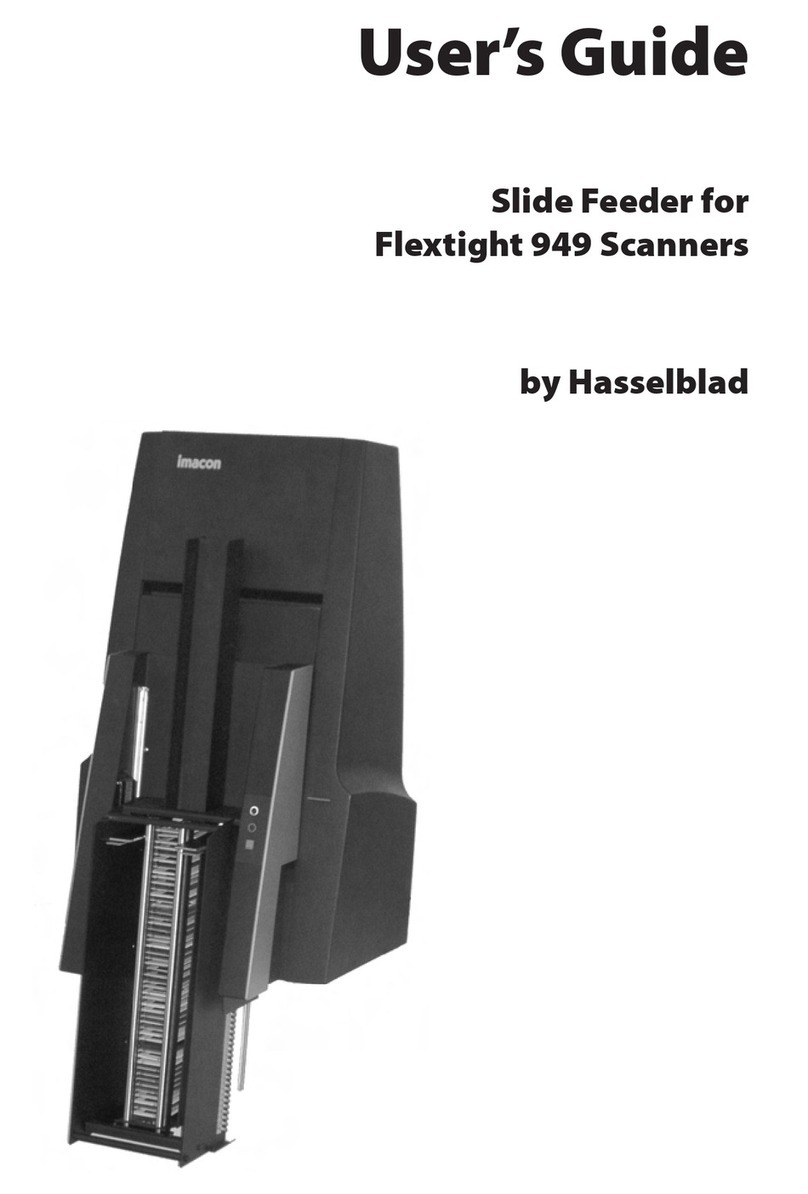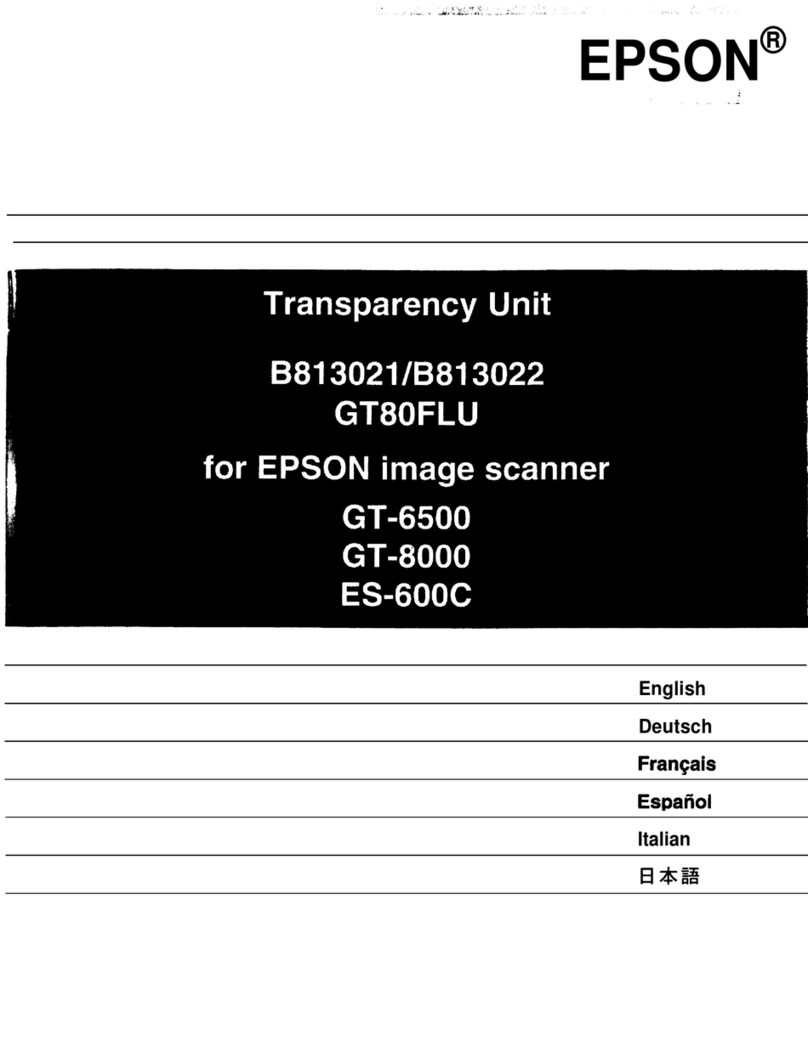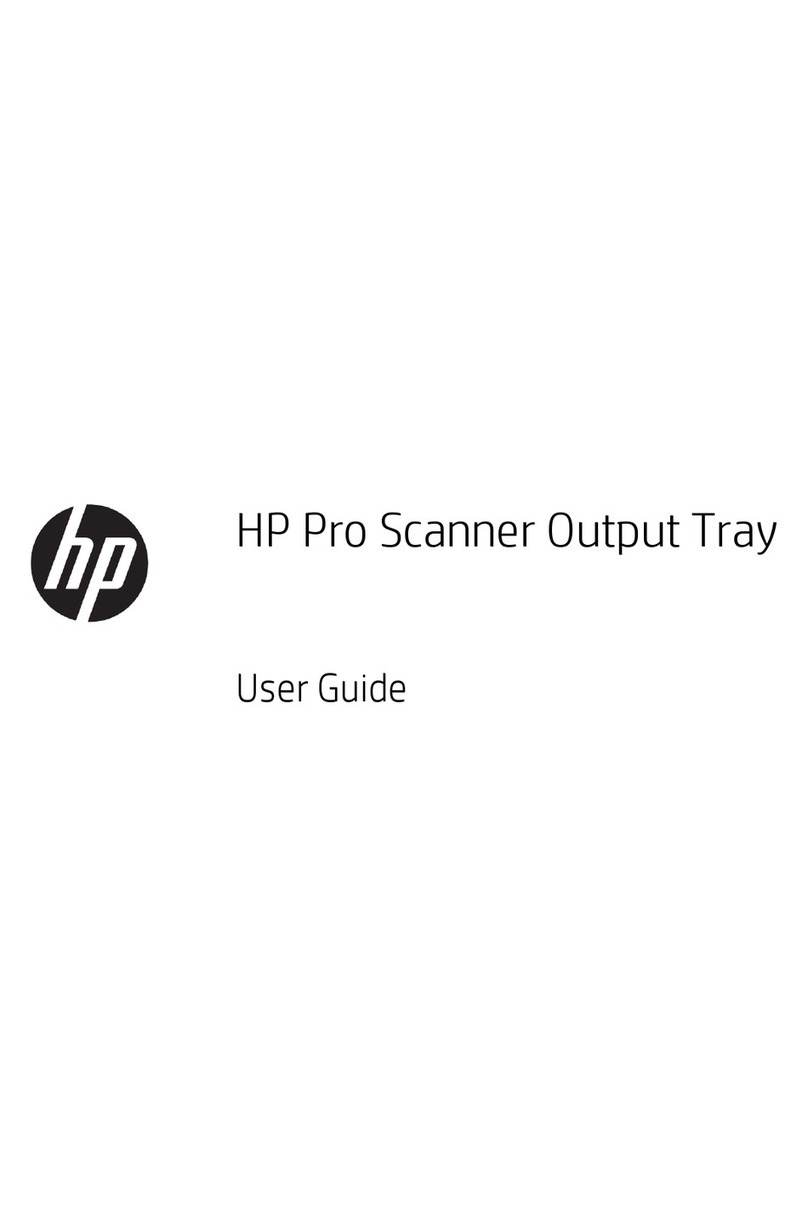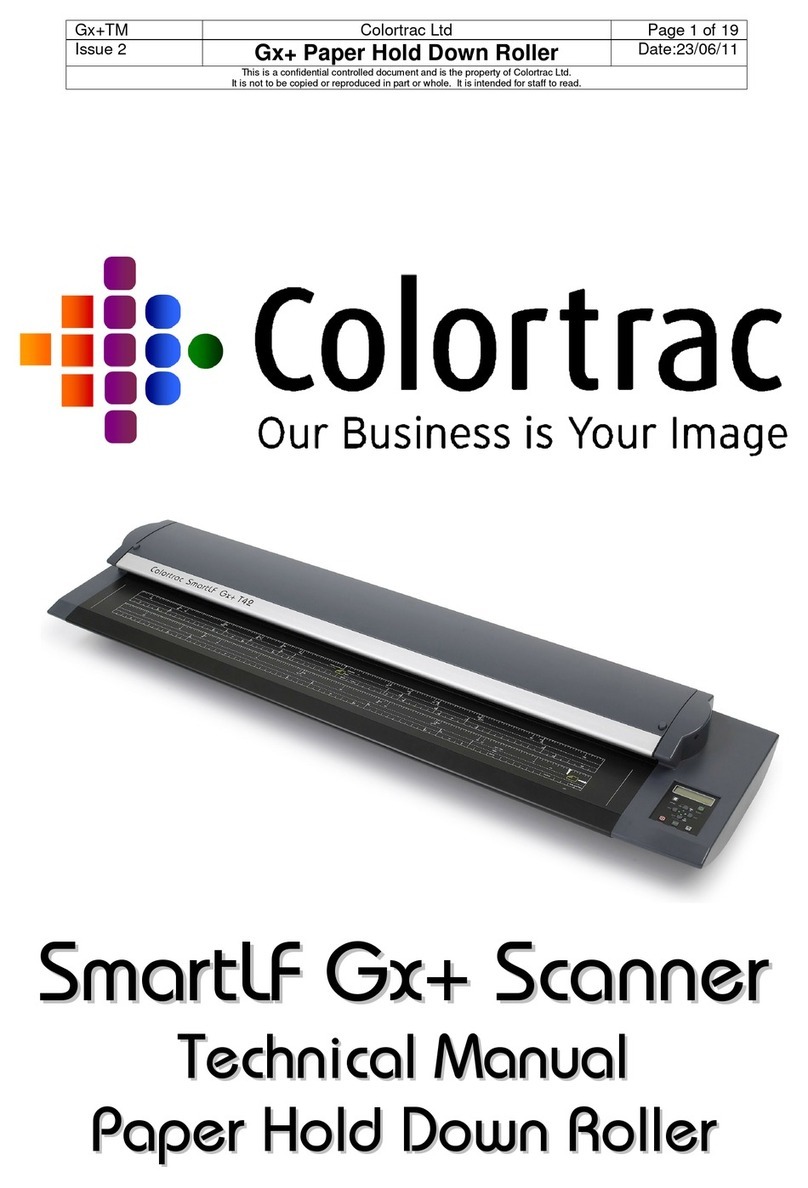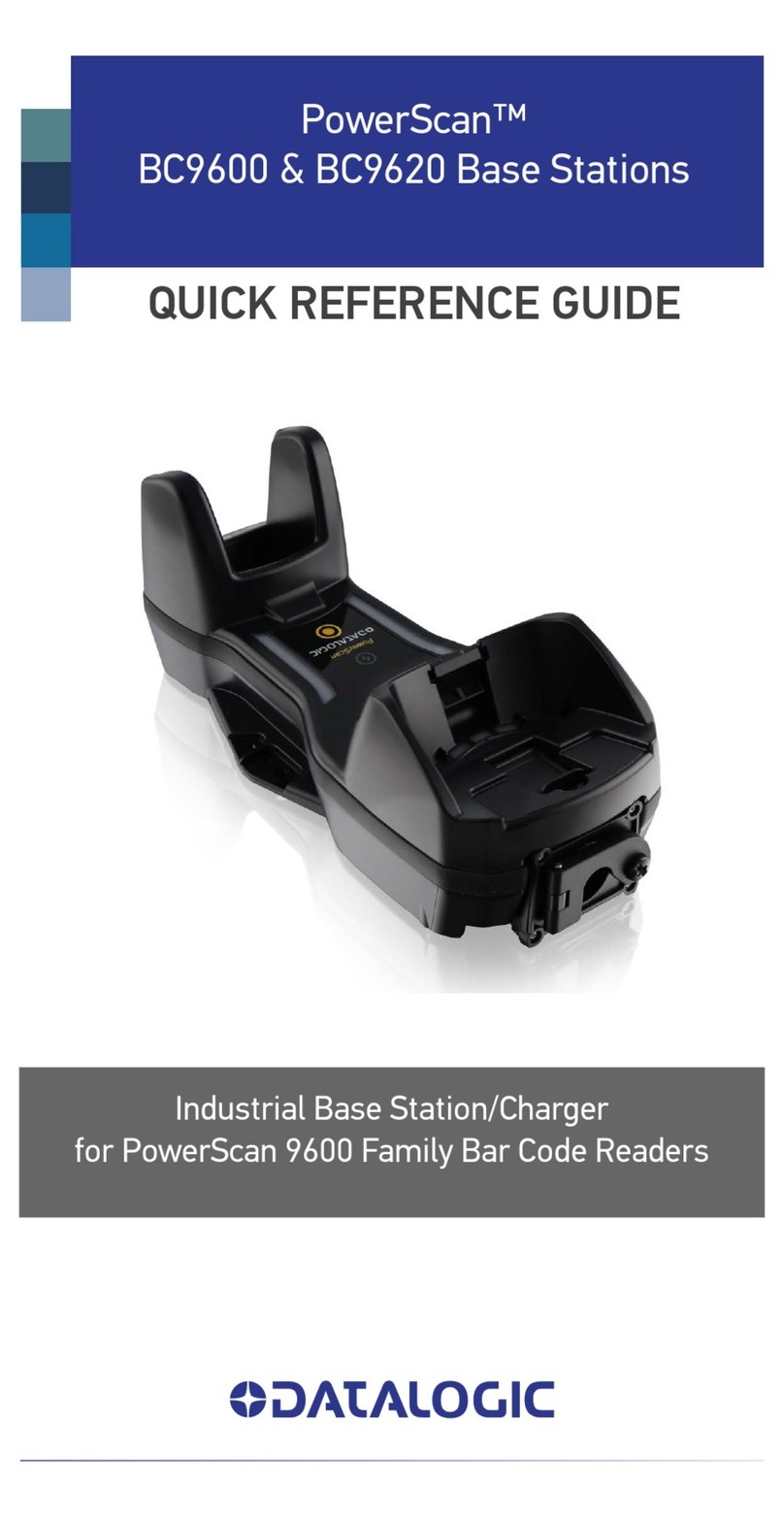
Table of Contents
Chapter 1 Introduction...................................................................................................................................................... 1
Overview............................................................................................................................................................................1
Illumination........................................................................................................................................................................ 1
Aimer.................................................................................................................................................................................. 1
Chapter 2 Installation........................................................................................................................................................ 2
General Requirements.................................................................................................................................................... 2
ESD................................................................................................................................................................................2
Dust and Dirt................................................................................................................................................................ 2
Thermal Considerations............................................................................................................................................. 2
Installation Orientation................................................................................................................................................2
Optics................................................................................................................................................................................. 4
Window Placement..................................................................................................................................................... 4
Window Material and Color....................................................................................................................................... 4
Scratch Resistance and Coating.............................................................................................................................. 5
Window Size.................................................................................................................................................................5
Ambient Light............................................................................................................................................................... 6
Eye Safety.................................................................................................................................................................... 6
Mounting............................................................................................................................................................................ 7
Front View (unit: mm)................................................................................................................................................. 7
Side View (unit: mm)...................................................................................................................................................7
Top View (unit: mm)....................................................................................................................................................8
Chapter 3 Electrical Specifications............................................................................................................................... 9
Power Supply....................................................................................................................................................................9
Ripple Noise......................................................................................................................................................................9
DC Characteristics.........................................................................................................................................................10
Operating Voltage..................................................................................................................................................... 10
Operating Current..................................................................................................................................................... 10

